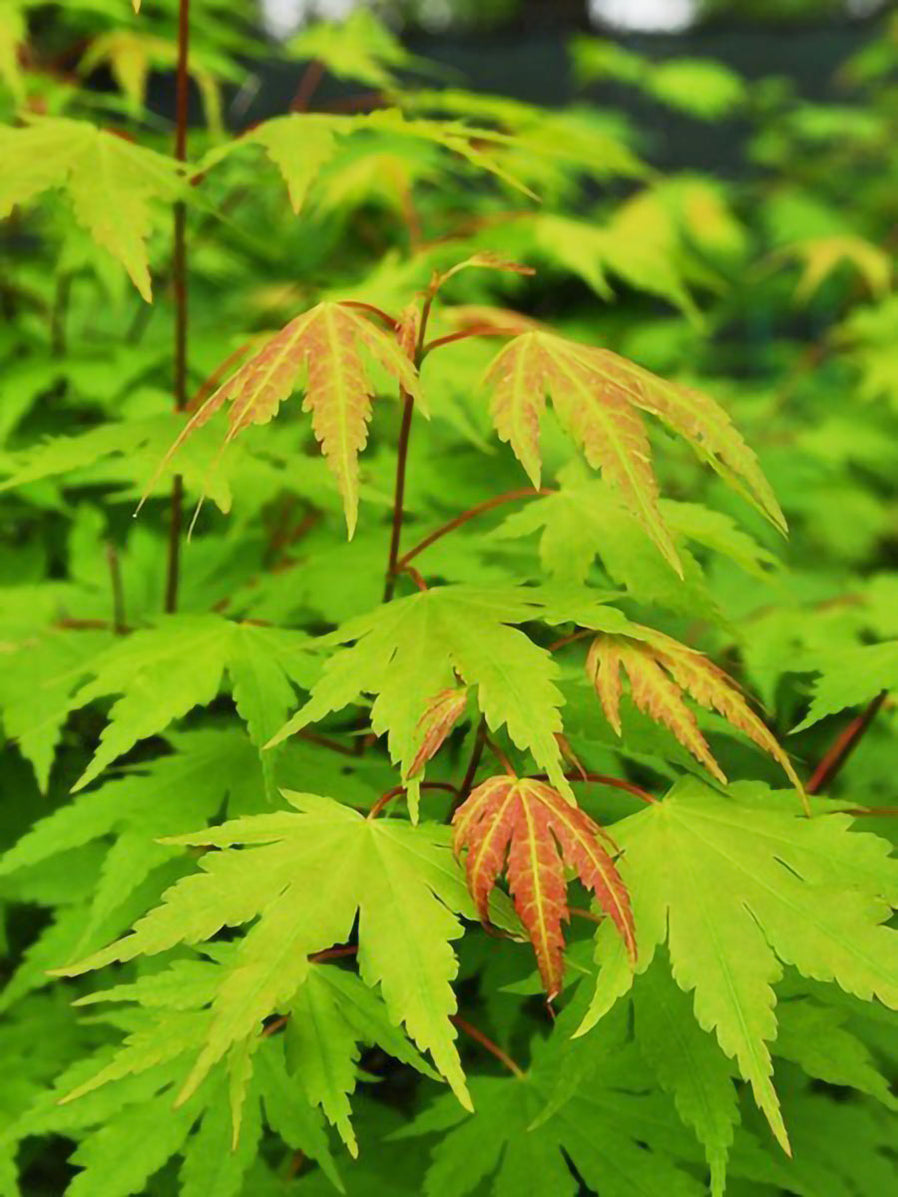
They are a popular choice for bonsai enthusiasts and have been used throughout the history of the art. This would barely surprise the Japanese who for centuries referred to their group of maples as kaede and momiji, references to the ‘hands’ of frogs and babies, respectively.įor centuries Japanese horticulturalists have developed cultivars from maples found in their country and nearby Korea and China. He gave it the species name palmatum after the hand-like shape of its leaves. When Swedish doctor-botanist Carl Peter Thunberg traveled in Japan late in the eighteenth century, he concealed out drawings of a small tree that would eventually become identical with the high art of oriental gardens. The first specimen of the tree reached England in 1820. Japanese maple has been grown in temperate areas around the world since the 1800s, but had been grown in Japan for hundreds of years. Cultivars (often grafted) are quite variable. Fall color includes shades of yellow, red-purple and bronze. Samaras ripen between September and October and are dispersed by wind. Each samara is 2–3 cm long with a 6–8 mm seed. Flowers are followed by a pair of winged samaras (nutlets with stiff, fibrous, papery wings that aid in wind dispersal). Flowers bloom between May and June and are insect pollinated. They are produced in small cymes each the individual flowers has five red or purple sepals and five whitish petals. The flowers are inconspicuous and small, and hence do not attract insects. The species is monoecious, having both male and female flowers on the same plant. Summer color is green and autumn color varies from orange to yellow to red to purple. Leaves of the species form are oppositely arranged, hand-shaped, 2 to 5 inches long and have 5 or 7 lobes. Twigs are slender, glabrous, red or green buds broadly conical, green or red, base of bud hidden by tan, fuzzy fringe. The plant has dense and fibrous root and Smooth, light gray bark, with a somewhat grooved trunk.

General plant form is rounded to broad-rounded, often with low branching. It grows in moist, organically rich, slightly acidic, well-drained soils. Japanese maple is a deciduous shrub or small tree that grows about 6–10 m, rarely 16 m tall. Japanese maple is a wonderful specimen or accent plant and performs well in a grouping or in a shrub border.

It occurs in a multitude of forms that provide a wide range of sizes, shapes, and colors. It is one of the most versatile small trees for use in the landscape. Many different cultivars of this maple have been selected and they are grown worldwide for their dramatic leaf shapes and colors, and are widely used in bonsai. It is a deciduous shrub or small tree (generally 6–10 m tall) with low branches and a rounded to dome-shaped crown. Apart from Japanese maple it is also known as Japanese maple, Smooth Japanese maple, Blood leaf Japanese maple, Green Japanese Maple, palmate maple. Water deeply less often to be sure that more than the surface of the soil is being watered.Japanese maple scientifically known as Acer palmatum is a member of the Aceraceae family native to Japan, North Korea, South Korea, China, eastern Mongolia, and southeast Russia. Note that if a sprinkler system is going off for fifteen or twenty minutes either daily or every other day that is not nearly enough to adaquately water a tree. If foliage is hit with water daily, or every other day, especially at night or very early in the morning so that the leaves are wet at the coolest part of the day, it can cause fungal issues that resemble or add to leaf scorch.

Sometimes the fertilizer is from an application to a nearby lawn.ģ) Drift of water on leaves frequently. If a plant is fertilized by too-strong synthetic fertilizer, it can cause scorched edges. The trees just prefer cooler temps and more humidity. The most sensitive to scorch are the cut-leaf Japanese maples. There are a couple possible reasons that can cause these symptoms and sometimes such damage can be caused by a combination of these.ġ) Some maples do not tolerate sudden heat.


 0 kommentar(er)
0 kommentar(er)
